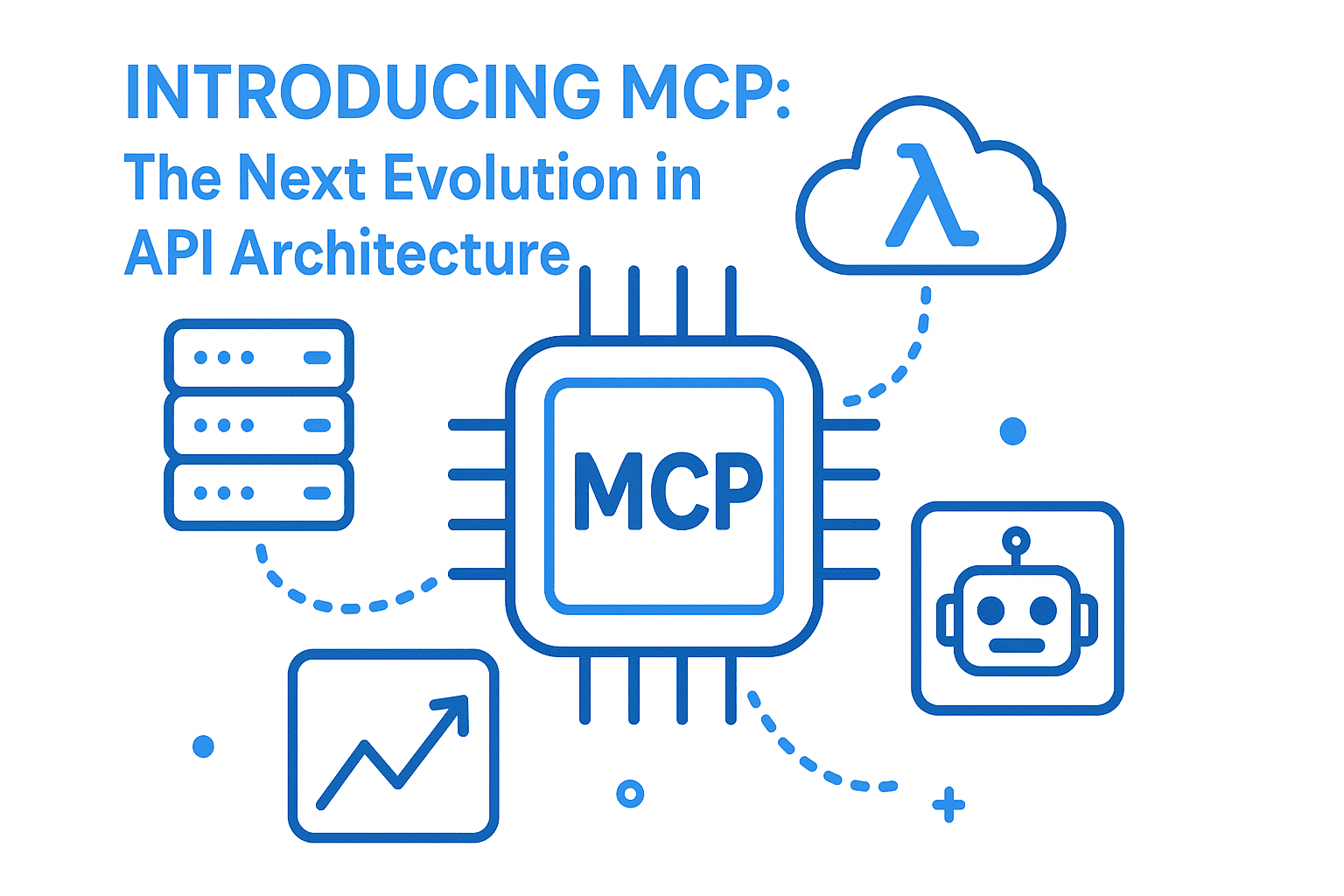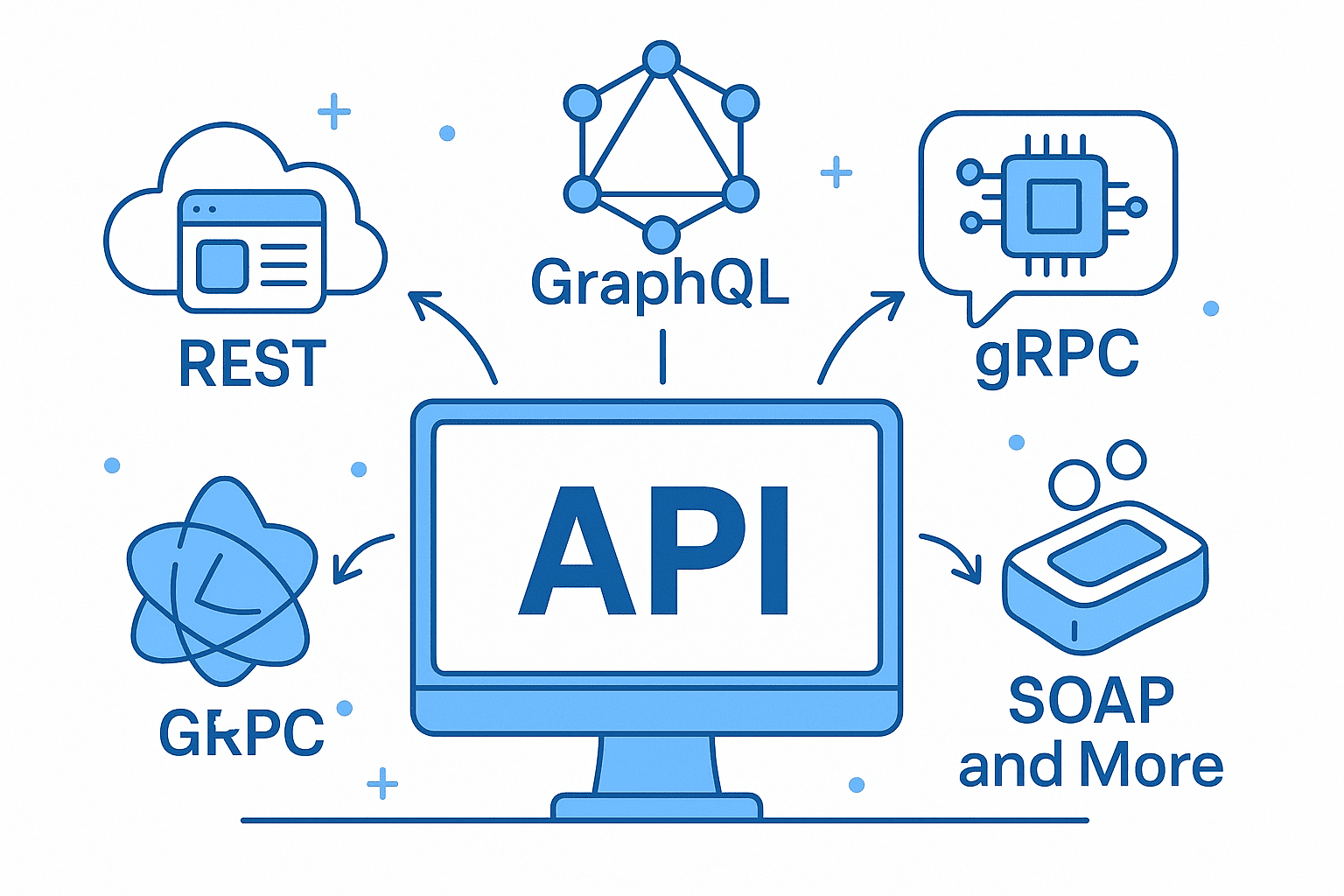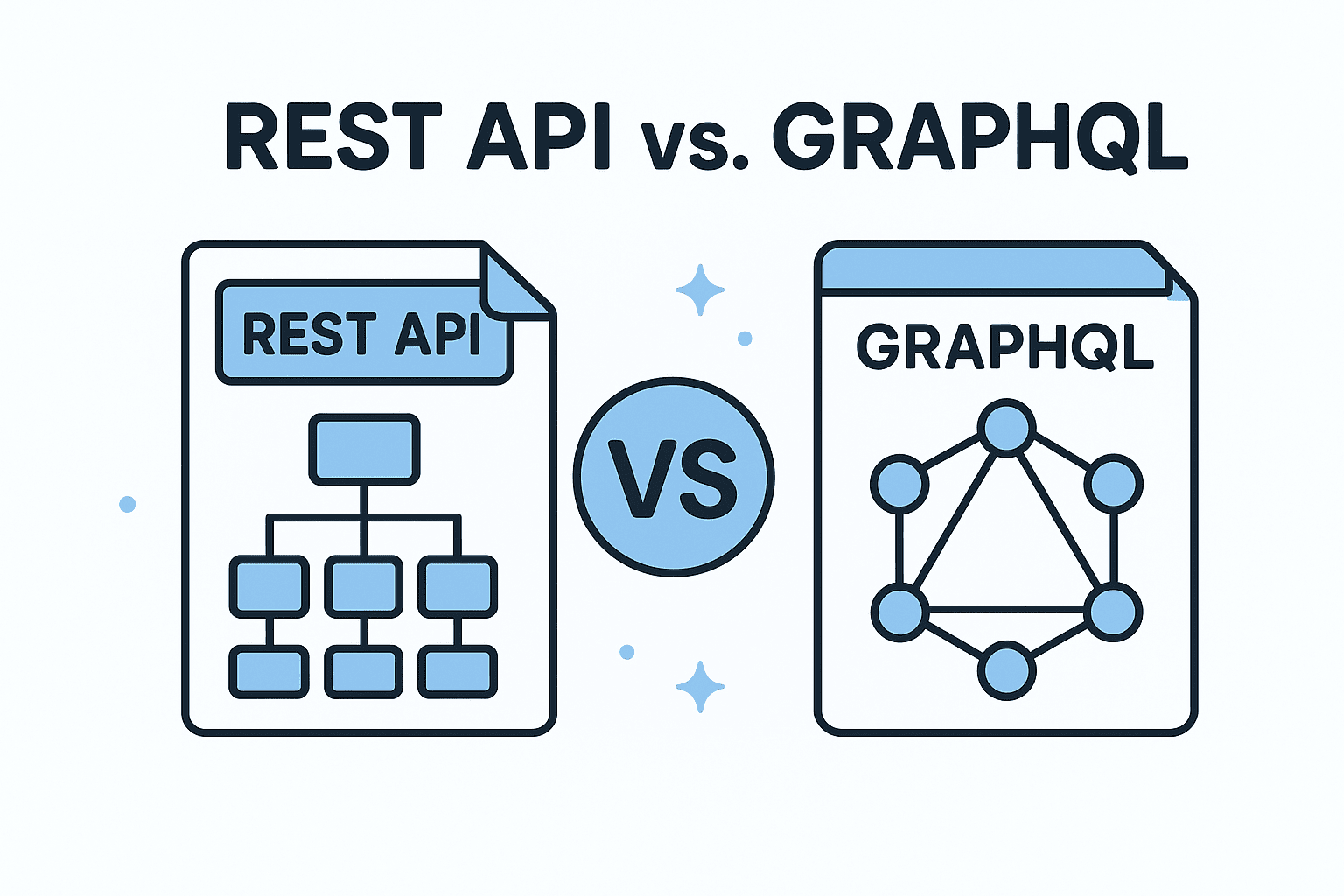Microsoft is quietly changing how Windows works under the hood — and the new kid on the block is MCP. But what is it? And why should end users and developers care?
Let’s break it down in plain English.
What is MCP?
MCP stands for Microsoft Configurable Policy, a new system that gives Microsoft more control over how policies and system features are enforced on your PC.
In short: MCP is a way for Microsoft to push and enforce system rules more consistently — even across different versions of Windows.
Think of it like a traffic cop inside Windows. But instead of managing cars, it manages how features behave, what’s allowed, and what’s restricted.
Why Now?
Microsoft has struggled for years with fragmented control.
Different editions (Home, Pro, Enterprise) often behave differently. Group Policy works here. MDM works there. Registry tweaks work — until they don’t.
MCP is Microsoft’s answer to that chaos. It gives them a unified way to manage policies — and possibly reduce the need for older tools like Group Policy in some cases.
What Does MCP Actually Do?
Here’s what MCP allows:
- Enforce new system policies without needing to wait for full updates
- Block or allow features (like third-party apps, drivers, or settings)
- Override local settings if Microsoft (or your company) wants a different default
- Apply consistent rules across editions — from Home to Enterprise
It’s basically a “rules engine” inside Windows.
For End Users: Should You Be Worried?
It depends on what kind of user you are.
If you’re a casual user:
- You probably won’t notice it right away
- Some features might vanish or behave differently after an update
- More aggressive blocking of third-party apps or customizations may happen
Example: One day your default browser might get reset. Or a setting you changed could revert.
If you tweak Windows:
- Expect more resistance from the system
- Registry hacks or debloating tools may stop working
- Third-party software like Explorer replacements might face new limits
If you value control:
- MCP might feel like a step back
- It’s another move toward a locked-down Windows experience
For Developers: What You Need to Know
This is where it gets interesting.
Microsoft may start using MCP to:
- Enforce app compatibility rules
- Disable legacy features silently
- Push new app behavior policies, even if your software worked fine before
It’s especially relevant if you build:
- Custom installers
- Power tools (like tweaking software, modding utilities, or security apps)
- Enterprise software with system-level permissions
You’ll need to test your apps not just for API compatibility — but for MCP policies too. Some features might work today and break tomorrow with a new policy drop.
Also, if you’re building MDM or config tools for enterprise — MCP might overlap with your territory.
A Step Toward Windows-as-a-Service?
Yep. MCP fits into Microsoft’s broader push:
- More updates delivered silently
- Less reliance on user or admin permission
- More cloud-managed configuration (especially for Windows 11 and beyond)
The future Microsoft wants?
A Windows that’s centrally controlled, more like a service — and less like the old wild-west desktop OS.
Final Thoughts
MCP is not about fixing bugs or adding shiny new features.
It’s about control. Centralized, policy-driven, cloud-aware control.
For most users?
MCP will work in the background. Until it doesn’t.
Until your system acts in ways you didn’t expect — and there’s no obvious setting to fix it.
For developers?
It’s a wake-up call. Start testing your tools and apps with policy enforcement in mind.
Change is coming. Quietly. Silently. Line by line. And MCP is part of the foundation for what Windows is becoming next.



